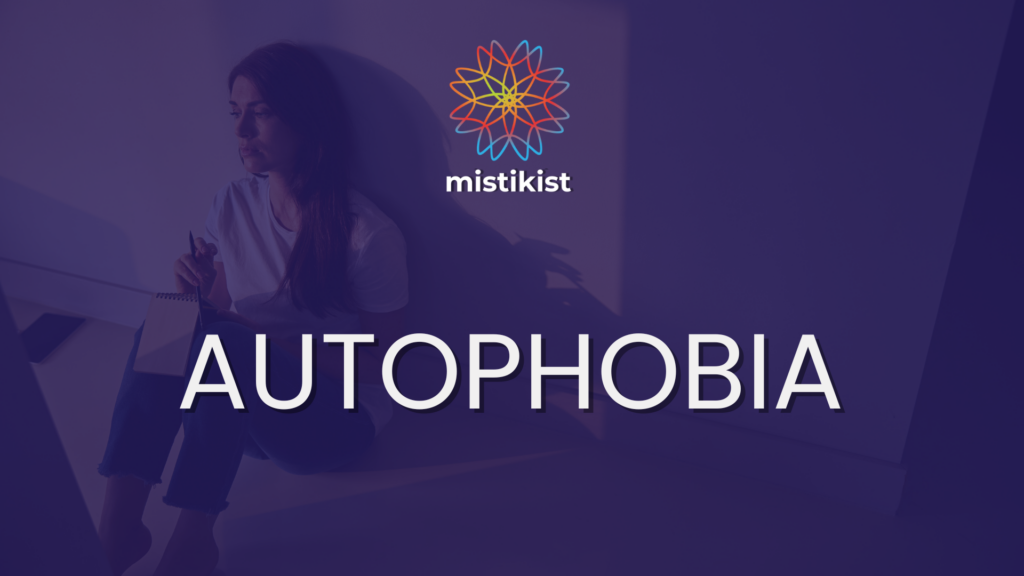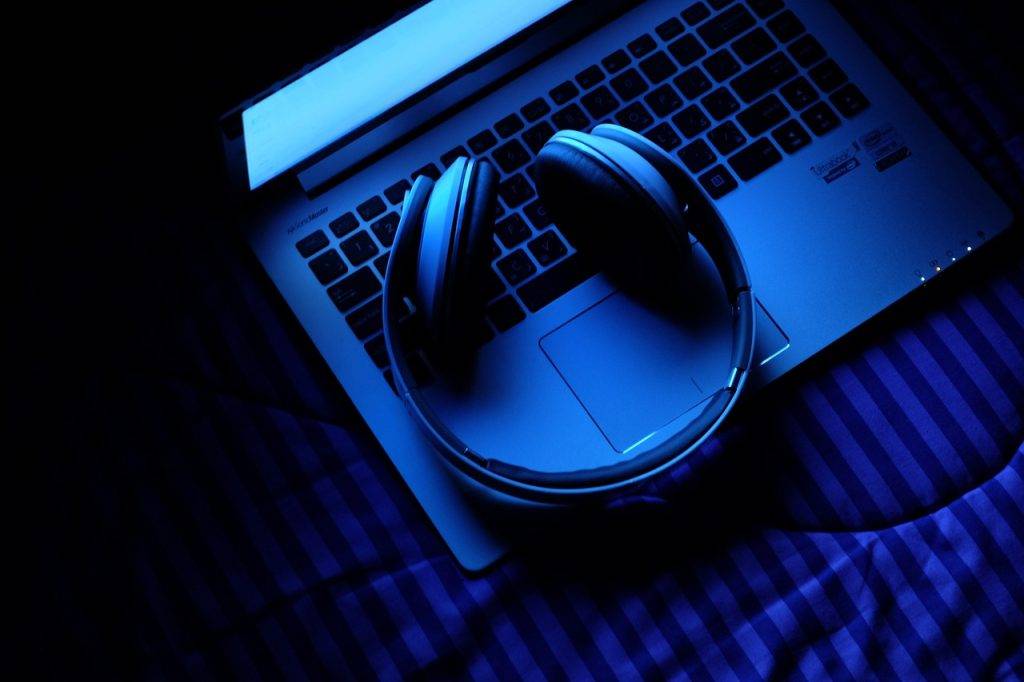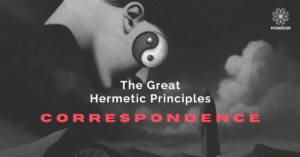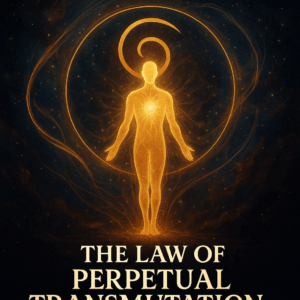Autophobia, also known as monophobia, eremophobia, or isolophobia, is an intense, irrational fear of being alone. Unlike loneliness, which typically refers to the sadness or unhappiness related to the absence of social connections, autophobia is a specific phobic disorder. It triggers overwhelming anxiety and fear at the thought or reality of being alone, even in seemingly safe environments. This condition can severely impact an individual’s personal relationships, social life, and professional career.
What is Autophobia?
Autophobia is a form of anxiety disorder where the fear of being alone becomes so overwhelming that it interferes with daily functioning. Those with this condition may experience symptoms even when they are in the company of others, driven by the constant worry that they might end up alone. This fear is not just limited to physical solitude but extends to the emotional or psychological perception of being alone or abandoned.
Individuals with autophobia might feel unsafe or insecure unless they are surrounded by others. Even in a crowd, they might still experience anxiety about being left alone or about having to return to an empty home. This intense fear is irrational, as there is often no real danger present; however, the emotional response can be as intense as if there were.
Symptoms of Autophobia
The symptoms of autophobia can vary widely, but they generally manifest as both psychological and physical reactions. Here are some common symptoms:
- Psychological Symptoms:
- Obsessive Worrying: Persistent thoughts about being left alone or the potential dangers associated with solitude.
- Fear of Abandonment: A constant fear that loved ones may leave, exacerbating the anxiety of being alone.
- Desperate Need for Company: A strong desire to end any periods of solitude as quickly as possible, often leading to clingy or dependent behavior.
- Physical Symptoms:
- Panic Attacks: Sudden episodes of intense fear that may include symptoms like heart palpitations, sweating, shaking, chest pain, dizziness, hyperventilation, and nausea.
- Dissociation: Feeling detached from oneself or one’s surroundings, especially when alone.
- Shortness of Breath: Difficulty breathing or feelings of suffocation when alone.
- Chest Pain: Discomfort or tightness in the chest, often mistaken for a heart attack, which can intensify the fear.
Causes of Autophobia
The exact causes of autophobia are not entirely understood, but several factors may contribute to the development of this phobia:
- Traumatic Childhood Experiences: Experiences of abandonment, such as parental divorce, the loss of a loved one, or being left alone during a traumatic event, can leave deep psychological scars that manifest as autophobia later in life.
- Family History: A genetic predisposition to anxiety disorders or phobias, or growing up with a parent or sibling who has a similar fear, can increase the likelihood of developing autophobia.
- Personality Disorders: Conditions like Borderline Personality Disorder (BPD) and Dependent Personality Disorder (DPD) are closely linked with autophobia. Individuals with BPD may have intense fears of abandonment, while those with DPD may feel helpless without the presence of others.
Diagnosing Autophobia
Autophobia is considered a situational phobia, meaning that it is triggered by specific circumstances—in this case, the fear of being alone. Although it is not officially recognized as a distinct phobic disorder in the American Psychiatric Association’s Diagnostic and Statistical Manual of Mental Disorders (DSM), mental health professionals can diagnose it based on the symptoms and their impact on a person’s daily life.
For a diagnosis of autophobia, the fear must:
- Persist for at least six months.
- Be recognized by the individual as irrational, yet still provoke intense anxiety.
- Lead to avoidance of situations where the person might be alone.
- Interfere significantly with the person’s ability to function normally in daily life.
Treatment Options for Autophobia
Treatment for autophobia often involves a combination of psychotherapy and, in some cases, medication. The most common therapeutic approaches include:
- Brainwave Entrainment: Without spending any time, you can get to entrain your brainwaves to break free from Autophobia within minutes.
- Cognitive Behavioral Therapy (CBT): CBT is highly effective in treating autophobia. It helps individuals understand the thought patterns that contribute to their fear and teaches them how to confront and manage these thoughts in a more constructive way. Over time, CBT can help reduce the intensity of the fear and improve the person’s ability to cope with being alone.
- Exposure Therapy: This form of therapy gradually exposes the individual to their fear—in this case, being alone—in a controlled and safe environment. The exposure starts small, such as being alone for a few minutes, and gradually increases as the person becomes more comfortable with solitude. This process helps desensitize the individual to their fear, reducing its power over them.
- Medications: While psychotherapy is often the primary treatment for autophobia, medications may be prescribed to manage the symptoms, particularly in the early stages of therapy. Common medications include:
- Beta-Blockers: These drugs help manage the physical symptoms of anxiety, such as a racing heart or shaking.
- Sedatives: Benzodiazepines can be used to calm the individual during particularly intense episodes of anxiety, but they are generally prescribed with caution due to the risk of dependency.
- Selective Serotonin Reuptake Inhibitors (SSRIs): These antidepressants can help manage the overall anxiety and depressive symptoms that often accompany phobias.
The Impact of Autophobia on Daily Life
Living with autophobia can be incredibly challenging. The constant fear of being alone can lead to significant disruptions in a person’s life. It may affect their ability to maintain healthy relationships, as the fear of abandonment can lead to clinginess, distrust, and even controlling behavior. Social and professional life can also suffer, as the individual might avoid situations that could leave them alone, such as working independently or living on their own.
Moreover, autophobia can lead to a vicious cycle of avoidance, where the person’s fear of being alone only grows stronger as they continually avoid situations that could trigger it. This can lead to a decline in self-esteem, increased anxiety, and, in some cases, depression.
Seeking Help
If you or someone you know is struggling with autophobia, it is important to seek help. With brainwave entrainment, you can take the first steps of getting rid of autophobia and get a better mental health.
Remember, phobias like autophobia are treatable conditions. With patience, support, and professional guidance, individuals can learn to live with and eventually diminish the power of their fears, allowing them to lead a more fulfilling and independent life.
For more information, visit our website and follow us on social media:
Learn more about Mistikist










